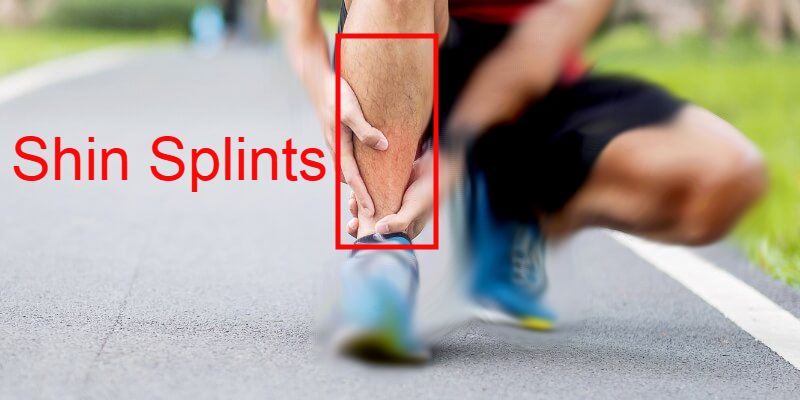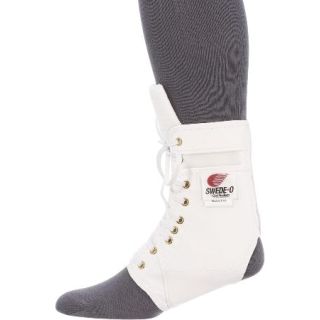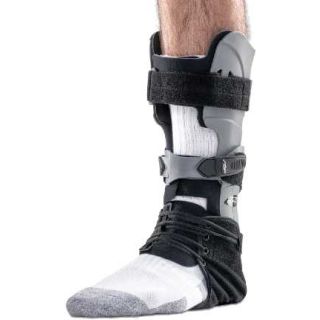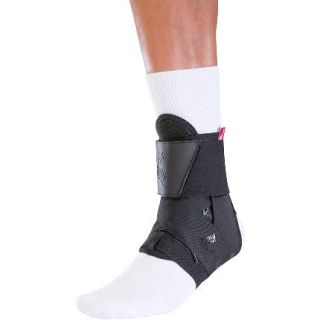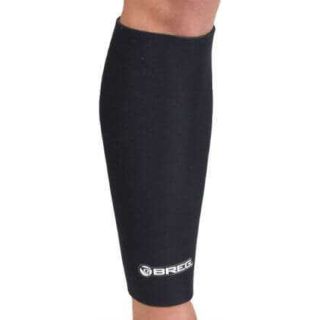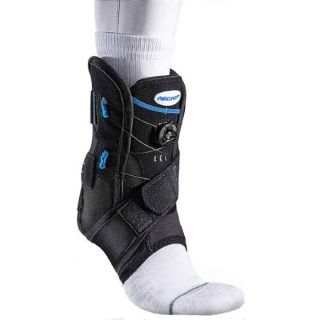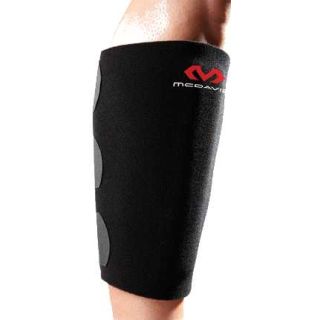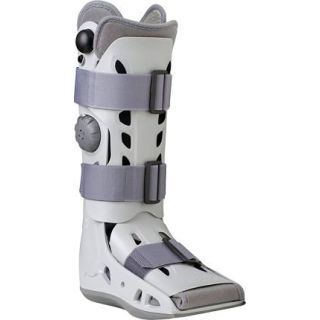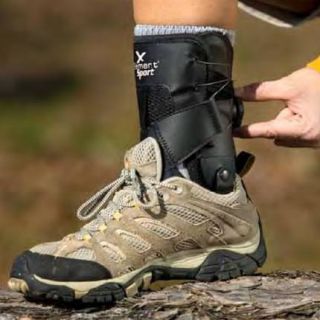Shin Splints
April 2, 2025Understanding Shin Splints: Causes, Symptoms, Treatment, and Prevention
That nagging ache along your inner shinbone – a familiar frustration for many athletes, runners, and anyone who enjoys high-impact activities. This common issue is often referred to as shin splints, or more technically, medial tibial stress syndrome (MTSS). Pain arises from overworked and inflamed muscles, tendons, and the bone itself in your lower leg.
While generally not serious, ignoring shin splints can lead to worsening pain and even more significant problems like stress fractures. This article will provide a comprehensive guide to understanding shin splints, exploring their causes, recognizing the symptoms, outlining diagnosis and treatment options, and most importantly, offering effective strategies for prevention.
What Are Shin Splints?
Shin splints happen when the muscles and tissues around your shinbone get stressed and swollen from doing the same movements over and over. Your shinbone, which is the bigger bone in your lower leg, carries a lot of your weight when you run, jump, or walk. Shin splint pain usually feels like it's along the inside of your shinbone, where certain leg muscles connect.
You often hear about athletes like runners and dancers getting shin splints, but anyone can get them. Doing too much activity too quickly or training incorrectly can cause it. Beginners who overdo it and experienced athletes who don't rest enough are most likely to get shin splints.
Causes of Shin Splints
Shin splints arise from a combination of biomechanical, environmental, and lifestyle factors. Understanding these causes is key to both treating and preventing the condition. Here are the primary contributors:
- Overuse and Repetitive Stress - The most common cause of shin splints is overuse—repetitive impact on the lower legs without sufficient rest. Exercises like running long distances, jumping on hard surfaces, or performing high-intensity workouts strain the muscles and tendons, leading to microtears and inflammation.
- Improper Footwear - Shoes that lack proper cushioning, arch support, or stability can exacerbate stress on the shins. Worn-out shoes, in particular, fail to absorb shock effectively, transferring more force to the legs.
- Flat Feet or High Arches - Biomechanical issues, such as overpronation (when the foot rolls inward excessively) or supination (when the foot rolls outward), can place uneven stress on the tibia and surrounding tissues. People with flat feet or rigid, high arches are especially prone to this imbalance.
- Sudden Increase in Activity - Rapidly ramping up exercise intensity, duration, or frequency—often referred to as "too much, too soon"—overwhelms the body’s ability to adapt. This is a frequent culprit for beginners or those returning to physical activity after a break.
- Hard or Uneven Surfaces Running or training on concrete, asphalt, or uneven terrain increases the impact on the legs, heightening the risk of shin splints.
- Muscle Imbalances - Weak or tight calf muscles, as well as poor flexibility in the lower legs, can contribute to shin splints. When the muscles surrounding the tibia are unable to adequately support it, the bone and its attachments bear more strain.
- Training Errors - Poor running form, such as overstriding (taking excessively long steps) or landing heavily on the heels, can amplify stress on the shins.
Symptoms of Shin Splints
Shin splints present with a distinct set of symptoms, which typically develop gradually. Recognizing these early signs can prevent the condition from worsening. Common symptoms of Shin splints include:
- Pain Along the Shin bones: A dull, aching pain along the inner part of the lower leg, often spanning several inches. The discomfort may be present during activity and subside with rest, though in severe cases, it persists even at rest.
- Tenderness to Touch: Pressing on the affected area may elicit soreness or sensitivity.
- Mild Swelling: Inflammation of the surrounding tissues can cause slight swelling, though this is less common.
- Worsening Pain with Activity: The pain often intensifies during exercise and may feel sharp or stabbing in more advanced stages.
- Stiffness or Weakness: Some individuals report a tight or weak sensation in the lower legs, particularly after prolonged activity.
If the pain becomes severe, localized to a specific point, or persists despite rest, it may indicate a more serious condition, such as a stress fracture, requiring medical evaluation.
Diagnosing Shin Splints
Diagnosing shin splints typically begins with a physical examination and a review of the patient’s activity history. Healthcare providers, such as general practitioners, sports medicine specialists, or physical therapists, will assess the following:
- Medical History: Questions about recent changes in exercise routines, footwear, or training surfaces help identify potential triggers.
- Physical Exam: The doctor will palpate the shin to locate areas of tenderness and check for swelling or abnormalities. They may also evaluate gait, foot structure, and leg muscle strength.
- Ruling Out Other Conditions: Because shin splints share symptoms with stress fractures, compartment syndrome, and tendonitis, imaging tests like X-rays, MRIs, or bone scans may be ordered if the diagnosis is unclear or symptoms are severe.
Shin splints are generally a clinical diagnosis, meaning they’re identified based on symptoms and history rather than imaging, which often appears normal in early stages.
Treatment Options for Shin Splints
Fortunately, shin splints are treatable with conservative measures in most cases. The goal of treatment is to reduce inflammation, relieve pain, and address underlying causes. Here’s a breakdown of effective strategies:
- Rest and Activity Modification: The cornerstone of recovery is rest—reducing or stopping the aggravating activity for 2–6 weeks. Low-impact exercise alternatives like swimming or cycling can maintain fitness without stressing the shins.
- Ice Therapy: Applying shin splint ice packs to the affected area for 15– 20 minutes at a time several times a day helps reduce inflammation and numb pain. Avoid placing ice directly on the skin to prevent frostbite. A reusable ice pack/wrap can help relieve the pain of shin splints.
- Pain Relief: Over-the-counter medications like ibuprofen or acetaminophen (nonsteroidal anti-inflammatory drugs NSAIDs) can alleviate pain and swelling. Always follow dosage instructions and consult a doctor if needed.
- Stretching and Strengthening: Once pain subsides, gentle stretching and strengthening exercises for shin splints including the calves, shins, and feet can restore flexibility and support. Examples include calf stretches, toe raises, and ankle dorsiflexion exercises.
- Proper Footwear: Switching to supportive shoes with adequate cushioning and arch support is critical. Orthotic inserts may benefit those with flat feet or overpronation.
- Gradual Return to Activity: After symptoms resolve, ease back into exercise slowly, increasing intensity by no more than 10% per week to avoid recurrence.
- Physical Therapy: For persistent cases, a physical therapist can design a tailored rehab program, addressing biomechanics, muscle imbalances, and gait issues.
In rare instances where conservative treatment fails, or if shin splints progress to a stress fracture, surgical intervention (e.g., fasciotomy for compartment syndrome) may be considered, though this is uncommon.
Preventing Shin Splints
Prevention is often more effective than treatment when it comes to shin splints. By adopting smart habits and addressing risk factors, individuals can minimize their chances of developing this condition. Here are proven prevention tips:
- Wear Appropriate Shoes: Invest in high-quality athletic shoes suited to your activity and foot type. Replace them every 300–500 miles (or 6–12 months) to ensure proper support.
- Warm Up and Stretch: Before exercising, perform dynamic warm-ups (e.g., leg swings) and static stretches afterward to maintain flexibility in the lower legs.
- Build Strength Gradually: Incorporate strength training for the calves, shins, and core to improve stability and shock absorption. Exercises like heel drops and resistance band work are excellent choices.
- Vary Training Surfaces: Alternate between hard surfaces (like pavement) and softer ones (like grass or tracks) to reduce repetitive impact. Introduce cross training for variety.
- Avoid Overtraining: Follow the 10% rule: don’t increase mileage, intensity, or duration by more than 10% weekly. Include rest days to allow recovery.
- Correct Biomechanics: Work with a coach or therapist to refine running form, avoiding overstriding or excessive heel striking.
- Listen to Your Body: Pain is a signal to slow down. Ignoring early discomfort can escalate shin splints into a chronic issue.
Shin Splints in Specific Populations
While shin splints can affect anyone, certain groups face higher risks or unique challenges:
- Runners: Long-distance and novice runners are particularly susceptible due to repetitive impact and training errors.
- Military Personnel: Recruits undergoing intense physical training, often in boots on hard surfaces, frequently experience shin splints.
- Dancers: The combination of jumping, pointing toes, and hard studio floors makes dancers prone to this condition.
- Overweight Individuals: Excess body weight increases stress on the lower legs, amplifying the risk during exercise.
Tailoring prevention and treatment to these groups—such as specialized footwear for dancers or weight management for overweight individuals—can improve outcomes.
When to Seek Medical Attention
Most cases of shin splints resolve with rest and self-care, but certain red flags warrant professional evaluation:
- Pain that persists despite weeks of rest.
- Severe, localized pain suggesting a stress fracture.
- Numbness, tingling, or swelling that doesn’t subside (possible compartment syndrome).
- Symptoms accompanied by fever or redness, indicating infection or another issue.
Early intervention can prevent complications and speed recovery.
The Long-Term Outlook
With proper management, shin splints typically heal within a few weeks to a couple of months, depending on severity and adherence to treatment. Most people return to their activities without lasting effects. However, recurring shin splints may signal underlying issues—like uncorrected biomechanics or chronic overtraining—that require long-term adjustments.
Conclusion
Shin splints (medial tibial stress syndrome), while painful and frustrating, are a manageable condition with the right approach. By understanding their causes—overuse, poor footwear, biomechanical flaws—and recognizing symptoms early, individuals can take proactive steps to treat and prevent them. Rest, ice, proper shoes, and gradual training are the foundation of recovery, while strength, flexibility, and smart habits ensure long-term leg health. Whether you’re a runner, dancer, or weekend warrior, respecting your body’s limits and equipping it with the right tools can keep shin splints at bay, letting you pursue your passions pain-free.
Additional Resources:
